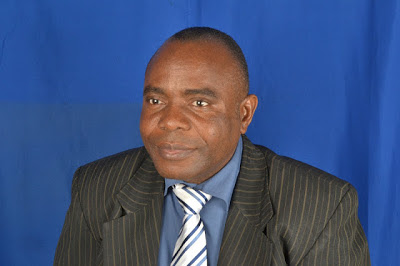People and Culture

Tanzania is comprised of more than 120 tribes and roughly 12 of these groups make up half of the population of Tanzania. Unlike some African countries, no single ethnic group dominates in terms of size or political influence and therefore conflict between cultures is low. The majority of Tanzania's people are made up of two general indigenous groups which consist of those speaking Bantu and those speaking Nilotic.
Bantu speaking people tend to be involved in agriculture and food production and include the Sukuma and Nyamwezi. The Nilotic speaking people, who originate from the Nile Valley, tend to be involved mainly in cattle raising and include Masai and Datooga tribes. The Hadzabe tribe, which also has a significant presence in and around the Rift Valley, originates from the northern part of the continent and are hunter-gatherers.
» Over 120 tribes and languages are present in this culturally diverse nation.
» Kiswahili, more commonly known as Swahili, was selected as the official language of Tanzania.
» Kiswahili is used exclusively in primary schools.
» English is used in high schools, colleges and universities and Kiswahili is also taught at these levels.
» Kiswahili is also spoken in these neighboring countries:
- DRC Congo
- Kenya
- Malawi
- Mozambique
- Uganda
- Zambia
Brief Tanzanian history:
- Tanzania became independent from the British in the early 1960s.
- On December 9 1961 it became a sovereign state.
- On April 26 1964 the United Republic of Tanganyika and Zanzibar was formed.
- On October 29, in the same year, the name was changed to the United Republic of Tanzania.


Comments
Post a Comment